Table of Contents
Understanding the 4 Types of Electric Bikes
Choosing the right e-bike starts with understanding the various types and their uses:
- Commuter E-Bikes: These bikes are perfect for daily city rides, prioritizing comfort and efficiency. They often come with built-in lights, fenders, and racks to make urban commuting easier.
- Mountain E-Bikes: Built for off-road adventures, mountain e-bikes have strong suspension, durable frames, and powerful motors designed for rough terrain, ideal for riders seeking a rugged experience.
- Folding E-Bikes: Compact and portable, these e-bikes are convenient for short commutes and easy to store in small spaces.
- Cargo Bicycle: For heavy-duty needs, cargo bicycle are built to carry large loads. With extended frames and reinforced tires, they’re ideal for transporting groceries, passengers, or heavy equipment.
Choosing an E-Bike Based on Usage
Before purchasing an e-bike, consider your primary purpose:
- Commuting: For daily commutes, opt for a lightweight e-bike with sufficient battery range for your trips. Commuter e-bikes often feature fenders, racks, and lights for added practicality.
- Off-Roading: For rougher trails, look for a mountain e-bike with full suspension, grippy tires, and a powerful motor to handle tough terrains comfortably.
- Errands and Heavy Loads: If you need a bike for heavy hauling, cargo bicycle are the best choice. They provide ample storage space and robust motors, ideal for deliveries or errands.
- Leisure Rides: For weekend excursions or recreational riding, a versatile hybrid model may be the best option, offering comfort and flexibility.
Battery, Range, and Motor: Key Factors in E-Bikes
The battery is one of the most critical components of an e-bike, determining range and power. Here’s what to look for:
- Voltage and Capacity: E-bike batteries generally range between 36V to 48V, with capacities from 10Ah to 20Ah. Higher voltage and capacity provide longer range and more power, ideal for extended rides.
- Range: Battery range depends on battery size, motor power, terrain, and rider weight. A typical commuter e-bike can travel between 25-50 miles on a single charge.
- Motor Types: E-bikes usually have hub or mid-drive motors. Hub motors, located on the wheels, tend to be more affordable, while mid-drive motors near the pedals offer a more natural riding feel and better efficiency for off-road biking.
Important Features and Components of an E-Bike
Beyond the motor and battery, here are other key features to consider:
- Brakes: E-bikes are generally heavier and faster than traditional bikes, so a reliable braking system is crucial. Look for hydraulic or mechanical disc brakes for dependable stopping power.
- Gears: More gears allow better control, particularly useful for hilly terrains.
- Suspension: E-bikes with front or full suspension are excellent for off-road riding, providing added comfort. For city commutes, front suspension may be sufficient.
- Tires: Choose tire width based on the terrain. Wider tires provide better stability, especially for mountain and cargo bicycle, while narrower tires reduce rolling resistance and offer a smoother ride on city streets.
Selecting the Right Size for Your E-Bike
Proper sizing ensures comfort and control. Most manufacturers offer size charts based on rider height, and it’s important to ensure a few centimeters of clearance between your body and the bike frame when standing over it. Adjustable handlebars and seat posts are also helpful for fine-tuning your fit.
What are you hesitating about?
If you’re unsure about which type of e-bike to choose, or if you’re someone who demands the perfect balance of features—an e-bike that’s ideal for commuting, off-road riding, foldable for easy storage, and equipped with a rear rack for carrying items—look no further than Wallke's 2024 H9 AWD and H7 Step-thru models. These all-terrain, foldable electric bikes combine practicality with cutting-edge technology. From the powerful motors and long-lasting batteries to the rugged tires and advanced braking systems, we use only the best materials and components. Compared to other top-tier e-bikes on the market, the H9 AWD and H7 Step-thru are among the best choices for cycling enthusiasts and eco-conscious riders alike.
Best Cycling Companion
Selecting the right e-bike depends on understanding your needs, from commuting to off-roading, and considering important factors like battery range, motor type, and frame size. Whether you’re looking for a commuter e-bike or a mountain bike, knowing the key features to look for will help you find the perfect ride. Take time to evaluate the different options and remember that investing in a well-suited e-bike will enhance your riding experience for years to come.
Frequently Asked Questions (FAQs)
Here’s a breakdown of five frequently asked questions (FAQs) that electric bike buyers often have:
1. What type of e-bike is best for commuting?
Commuter e-bikes are ideal for daily rides. They prioritize comfort and practicality, often equipped with built-in lights, fenders, and racks to make urban travel easier.
2. How far can an e-bike travel on a single charge?
The range depends on the battery capacity, motor power, terrain, and rider weight. On average, a commuter e-bike can travel between 25-50 miles per charge.
3. What’s the difference between hub motors and mid-drive motors?
Hub motors are located on the wheels and are more affordable, while mid-drive motors near the pedals offer better balance, efficiency, and a more natural riding feel, especially for off-road biking.
4. Are fat tires necessary for all e-bikes?
Not necessarily. Fat tires are excellent for all-terrain use, such as snow or sand, offering better stability and grip. For city commuting, narrower tires may be more efficient and provide a smoother ride.
5. How do I choose the right size for an e-bike?
Check the manufacturer’s size chart based on your height and ensure a comfortable fit. Look for adjustable handlebars and seat posts for additional customization.
6. What makes the Wallke H9 AWD and H7 Step-thru special?
These models offer a combination of powerful motors, long-lasting batteries, foldable frames, and rugged tires, making them versatile for commuting, off-road adventures, and everyday use.
I hope this article helped you find the perfect electric bike. If you have any questions, you can contact us through the live chat on this site, or contact us by email!






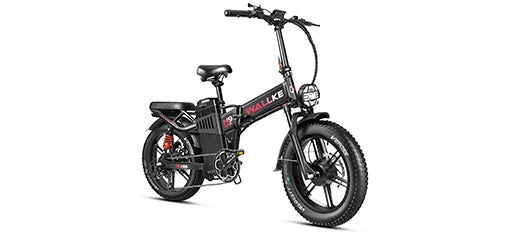
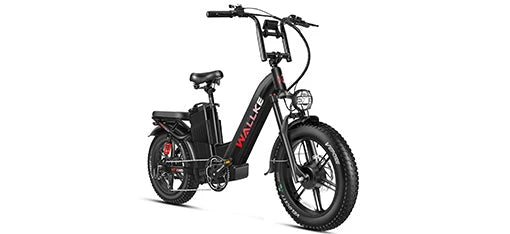
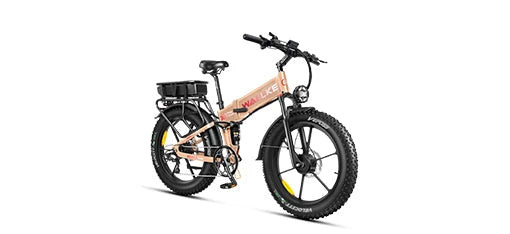

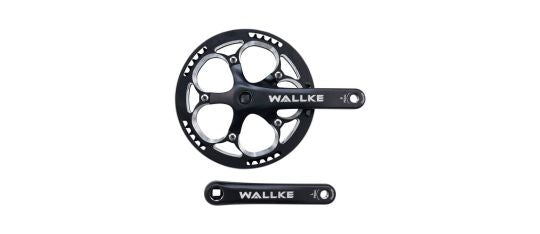
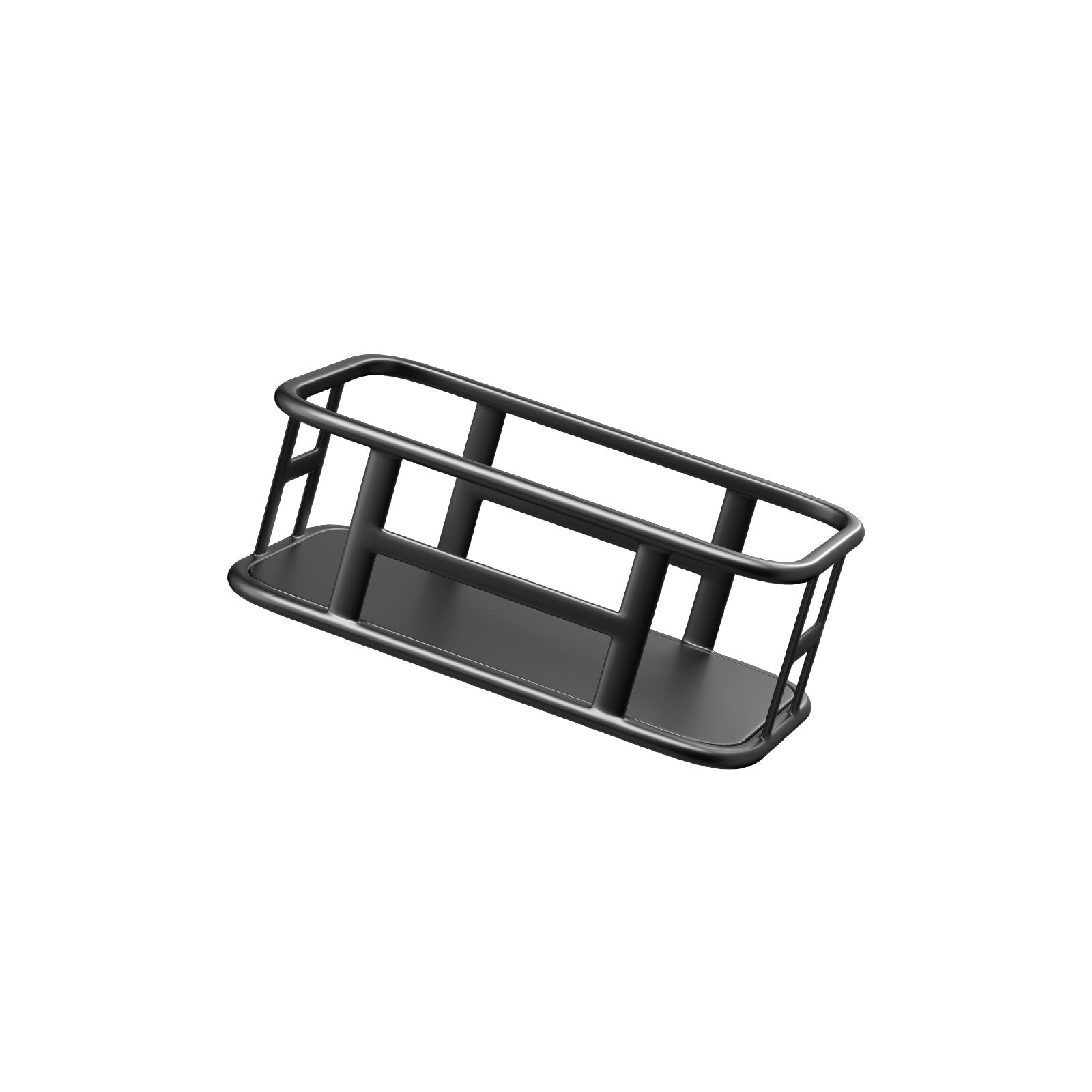


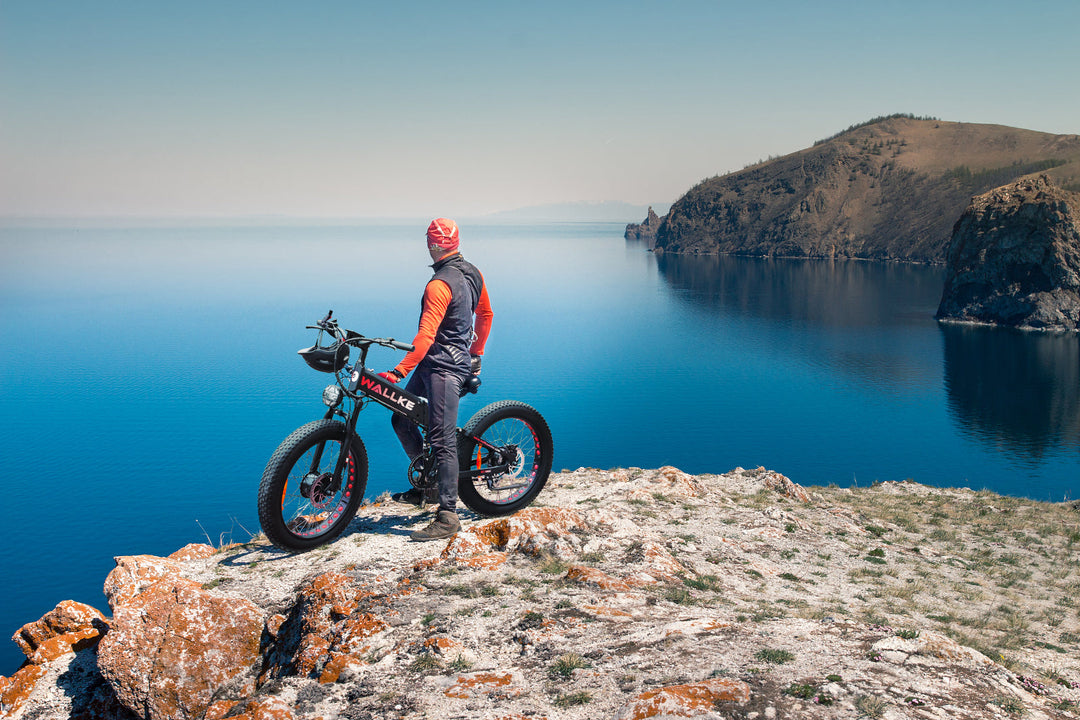
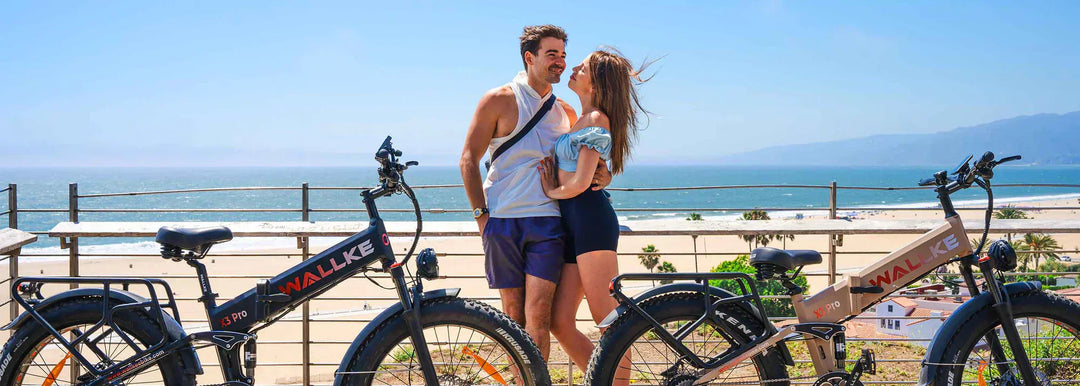
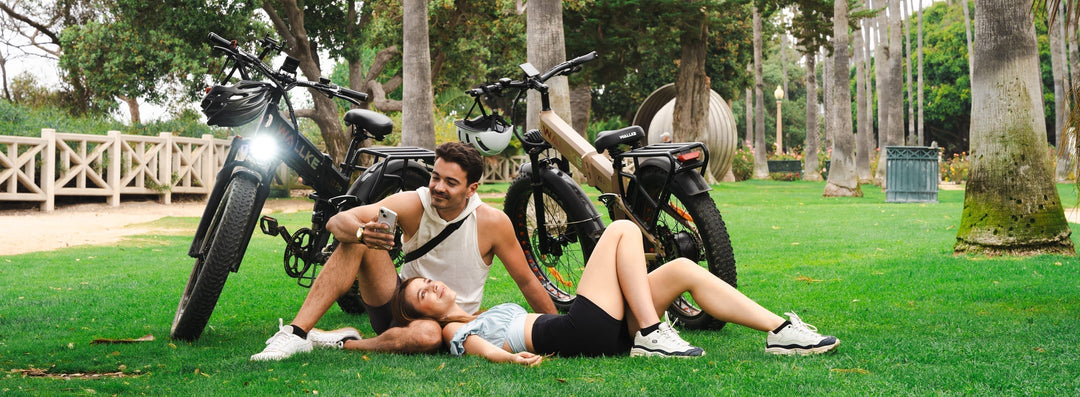
Leave a comment